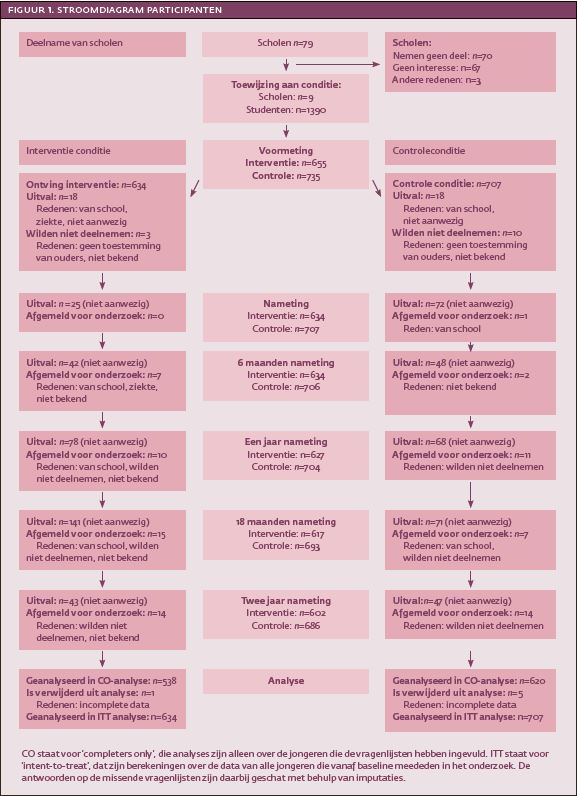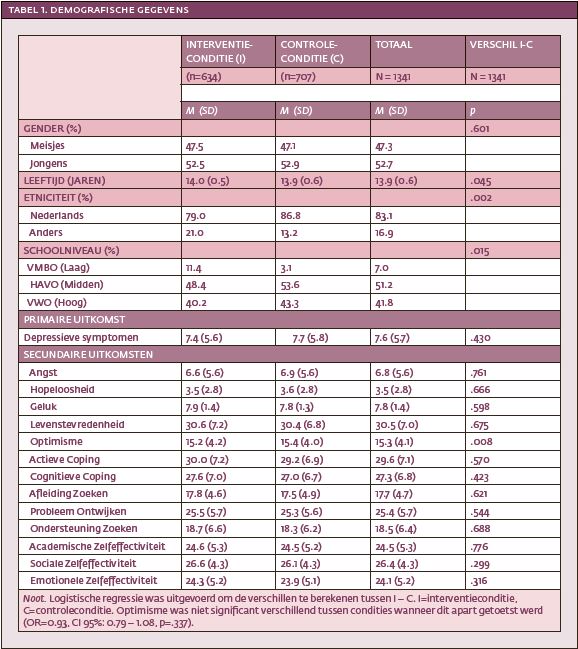Sascha zie ik voor het eerst tijdens deze intake. Ze zit stil en staart voor zich uit. Ze lijkt niets te zien of te voelen. Op mijn vragen geeft ze geen antwoord. Zou ze me wel horen? Of dringt niets meer tot haar door? Dan opeens kijkt ze me aan, knikt nee en kijkt weer weg. Haar ouders beschrijven dat ze alleen nog maar op bed ligt. Sascha praat bijna niet, en als ze haar iets vragen wordt ze uit het niets boos of heel verdrietig. Ze spreekt niet meer af met vriendinnen en wil niet meer naar school. Haar ouders maken zich grote zorgen om Sascha.
Sascha is niet de enige jongere in Nederland die kampt met een depressie. Alhoewel er geen recente gegevens zijn over de prevalentie van een depressieve stoornis bij Nederlandse jeugd, geven sommige studies aan dat een fors deel van de jeugd, zo’n zestien tot dertig procent, met subklinische vormen kampt (



